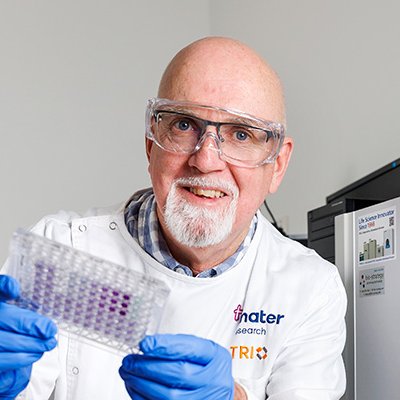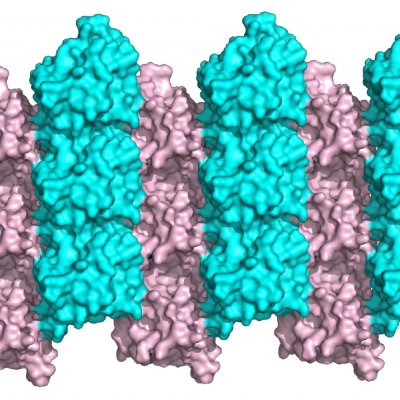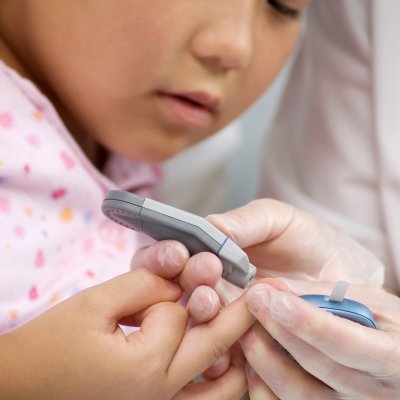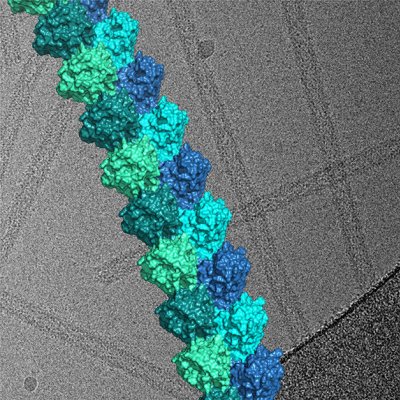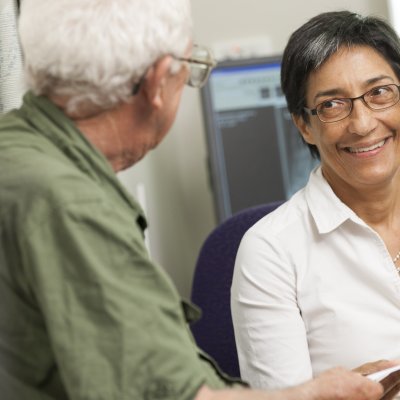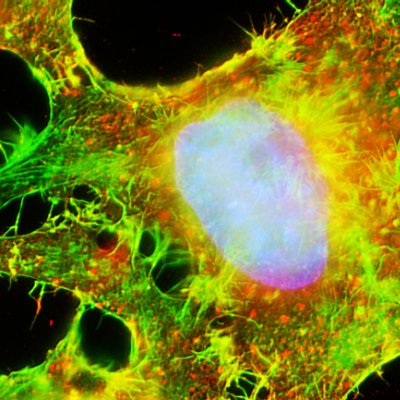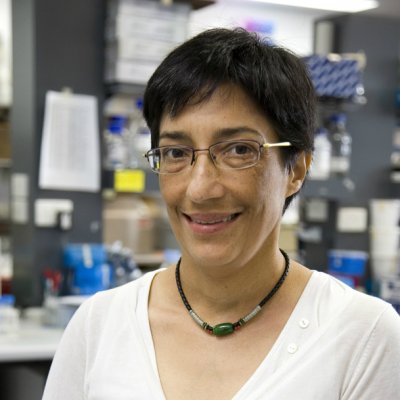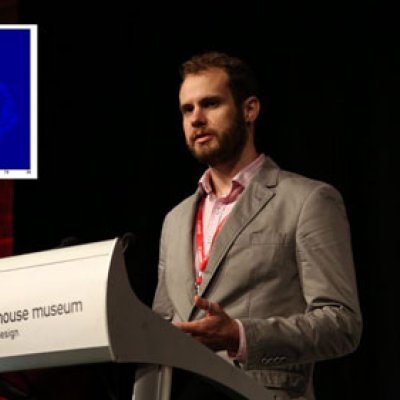A new diagnostic and treatment approach for bladder cancer will undergo a clinical trial in Queensland.
7 May 2024Scientists have visualised and investigated a key molecular pathway that could one day help treat inflammation, diabetes, cancer, infectious diseases and potentially even COVID-19.
11 May 2021University of Queensland researchers have found a way to identify infants who will go on to develop type 1 diabetes.
9 April 2018Scientists have a better understanding of the immune system at a molecular level, thanks to UQ-led research that may now lead to a range of new treatments for disease.
2 August 2017University of Queensland researchers have developed a world-first vaccine-style therapeutic approach to treat rheumatoid arthritis, a debilitating disease affecting more than 450,000 people in Australia.
4 June 2015University of Queensland researchers will play a key role in a new $39 million research centre working to unravel the secrets of the immune system.
20 October 2014The University of Queensland’s efforts to translate research on autoimmune diseases into life-changing treatments has attracted a nomination in the Knowledge Commercialisation Australasia (KCA) Research Commercialisation Awards.
4 September 2014A medical student from The University of Queensland has applied his background in mathematics to the field of nuclear medicine to improve liver imaging methods, which may improve diagnosis time and save patients undergoing unnecessary surgery.
8 May 2014